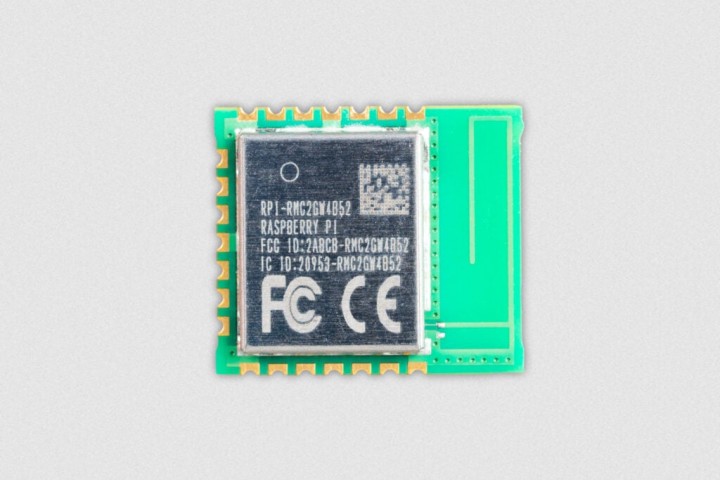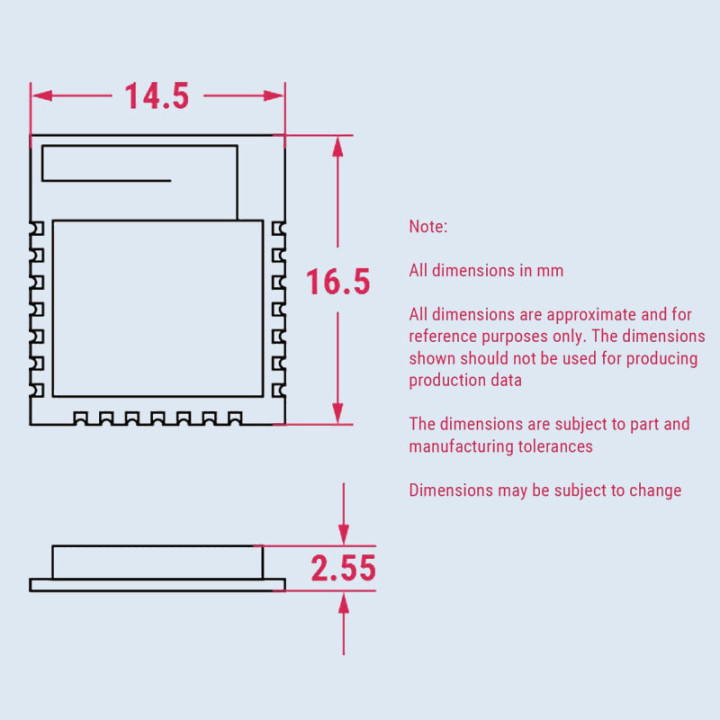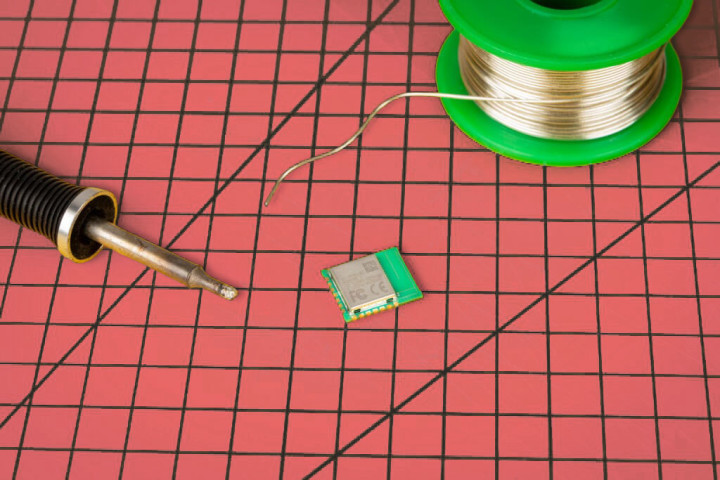Raspberry Pi Launches RMC20452T, First Standalone Radio Module for OEM Integration
on
Raspberry Pi has launched its first standalone radio module, officially designated RMC20452T but known as “Radio Module 2,” marking a significant expansion into the OEM component market. CEO Eben Upton detailed the launch, emphasizing the module’s role in supporting the growing ecosystem of RP2040 and RP2350-based products.

Building on Modular Heritage
“Every Raspberry Pi computer since Raspberry Pi 3B+ has been a ‘module’ from a conformance perspective,” Upton explained, noting how the company's approach to isolating radio frequency components under shield cans has enabled customers to build wireless products without costly re-certification processes that typically cost tens of thousands of dollars.
Radio Module 2 extends this philosophy into a dedicated component, addressing frequent requests from RP2040 and RP2350 customers seeking wireless solutions that maintain software and feature compatibility with Raspberry Pi Pico-series devices as they scale to production.
Purpose-Built for Scale
The module directly targets manufacturers transitioning from prototyping with Pico W or Pico 2 W to volume production. Its design prioritizes cost-effectiveness and ease of integration, featuring castellated edge pads, an integrated 2.4GHz antenna, and a low-pin-count SPI host interface that efficiently uses the host CPU's I/O resources.

“Its compact 16.5×14.5 mm form factor and minimal external component requirements (just a host CPU and power) drive down mass-production costs,” Upton noted, highlighting the module’s suitability for cost-sensitive applications.
Technical Specifications and Performance
The module delivers robust wireless connectivity through its Infineon CYW43439 radio, providing:
- Wi-Fi: 1×1 single-band 2.4GHz Wi-Fi 4 (802.11n)
- Bluetooth: Bluetooth 5.2 supporting both Classic and Low Energy protocols
- Integrated Components: Internal PA, LNA, and T/R switch for excellent performance
- Antenna Efficiency: Single antenna shared between Wi-Fi and Bluetooth
The module’s proven software stack leverages the Raspberry Pi Pico SDK and MicroPython, ensuring developers can prototype with existing Pico W or Pico 2 W devices before transitioning seamlessly to production with Radio Module 2.
Early Adoption Success
Radio Module 2 has already been implemented in several partner products, including SparkFun’s Thing Plus – RP2350 and Pimoroni's Pico Plus 2 W. “We’re looking forward to playing spot-the-RM2 in the next wave of connected devices,” Upton remarked, suggesting broader adoption is anticipated.

Market Positioning and Availability
Priced competitively at under $5, the module targets volume manufacturing with a minimum order quantity of 960 pieces in tape and reel packaging. The module comes with full modular certification, eliminating the “tricky and expensive radio certification process” for end products.
Initial availability covers the US, Europe, and Canada, with additional markets following regulatory approvals. Raspberry Pi reports immediate availability of at least 20,000 units, with the product already in mass production.
Strategic Implications
The launch represents Raspberry Pi’s strategic expansion from educational and maker markets into commercial OEM applications. By leveraging its established radio technology and certification expertise, the company is positioning itself as a key enabler for the growing IoT and connected device markets.
The comprehensive datasheet provides technical details for integration, while the proven development ecosystem reduces time-to-market for manufacturers seeking reliable wireless connectivity solutions.
RMC20452T Availability
Radio Module 2 (RMC20452T) is available now through authorized resellers in supported markets, with technical documentation and integration resources available through Raspberry Pi’s official channels.




Discussion (0 comments)